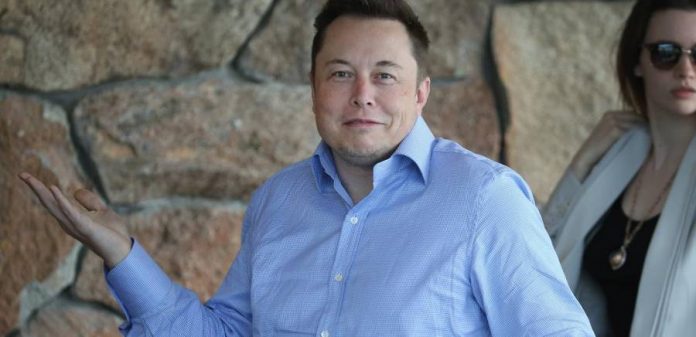
On Monday, Tesla Motors confirmed the acquisition of SolarCity was finished. Elon Musk is at the head of the new joint company, and he intends to bring his vision of an “end-to-end clean energy” enterprise in the coming years.
The news hit the web on Monday morning, following the company’s brief announcement to the media.
Tesla had openly expressed its intentions to acquire SolarCity last summer, and last Thursday the company submitted the move for investor’s approval.
The buyout motion passed with 85% of support from voting members, and Elon Musk said the merger would be complete in the next couple of days.

What does this mean for the future of SolarCity?
SolarCity will presumably continue to function as a separate entity from Tesla Motors, although their activities are about to become much more related to each other.
The merger of the two energy businesses will result in a $1 billion revenue injection to Tesla in 2017 and an estimated $5 billion over the course of three years.
SolarCity’s flagship product will most likely be the recently revealed Solar Roof, the first joint product resulting from work between the two companies.
The Solar Roof consists of photovoltaic shingles equipped with solar cells. Once installed, the roof generates enough energy to power a house without trouble. The roof tiles are aesthetically pleasing and come in various designs.
Furthermore, Chairman Elon Musk recently revealed the shingles of the Solar Roof would most likely be cheaper than high-end roof installations of other materials.
Tesla wants to make 500,000 in 2017
Since it was Tesla who acquired SolarCity and not the other way around, the company’s plans remain on track and running full steam toward next year’s goals.
Tesla intends to introduce the Model 3 in the second half of 2017 and ramping up vehicle manufacturing tenfold by 2018. The automaker produced approximately 50,000 last year, but in the next two years, it aims at hitting the 500,000 car mark.
However, Tesla’s acquisition holds something even more interesting than an upscale in production or a capital injection: it represents an opportunity for truly clean energy innovation across industries.
Tesla Motors could be looking into using SolarCity’s technologies to develop a new source of energy for its cars. The ideal Tesla vehicle would be not only self-driving but also self-sustainable and power independent.
The merger between the two could result in a tech crossover that brings solar roofs to Tesla cars, marking the next step in energy-efficient vehicles and even other industries.
Source: TechCrunch










